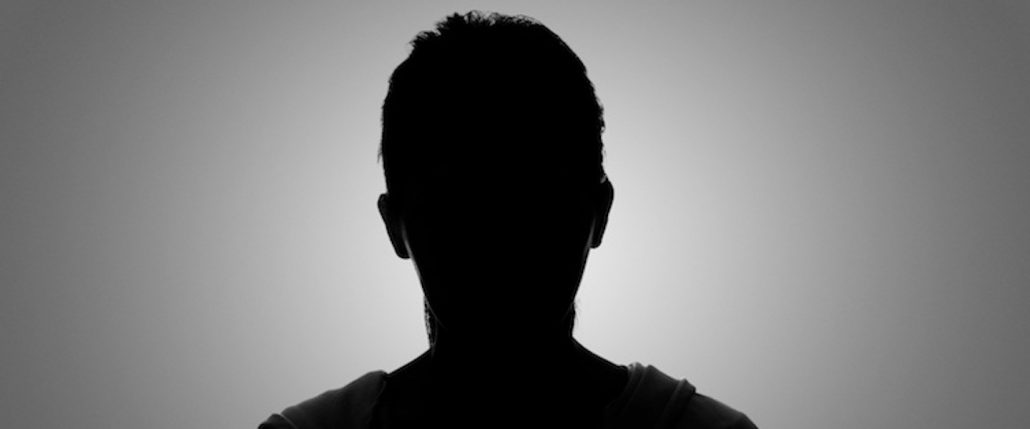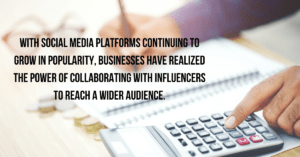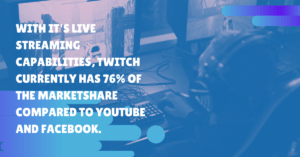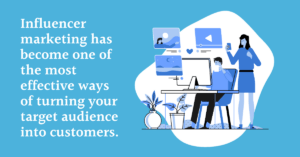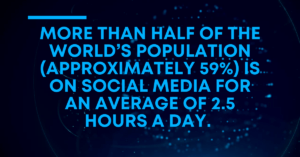If you get our email newsletter (which you should!) you’ve seen that Digiday talked to an anonymous fashion influencer who had some harsh words about the industry. Among the influencer’s complaints was the prevalence of bots, and perceived corporate pressure to get more engagement — even if you have to pay for it.
Some of the anonymous Instagram influencer’s complaints are jarring:
“As the brands are being more pushy about influencers and agencies want them to grow their followers, they push them to use a bot that likes photos for you.” — Digiday influencer
That’s quite a claim, and surely one that no brand would own up to.
So if bots are such an issue, what can you do?
“It’s the influencers and Instagrammers thinking they can fool everybody. I think it’s dishonest and sucks for the people who have grown their following organically.” — Digiday influencer
Here at Sideqik, we believe that the way around having to buy Instagram bots is knowing what you’re paying for. A sure sign that an influencer is using a bot to like posts, or to gain followers, is engagement. If an influencer has a huge following but few posts, many of those followers may be fake. Similarly, if a post has an unrealistic ratio of likes to followers, that could be a red flag.
Sideqik’s Discover tool allows brands to spot these red flags at a glance. We value influencers with high engagement over high reach because a comment is worth a lot more when it comes to building audience relationships than an empty bot like.
Another tool Sideqik offers is audience demographics. While it’s not a surefire way to check for fake followers, it’s easy to glance at some of those demographics and see if something is amiss.
What else did this influencer confess to?
The anonymous influencer’s other main complaint about Instagram is its algorithm. Instagram places posts in your feed based on seven key factors: Engagement, Relevancy, Relationships, Timeliness, Profile Searches, Direct Shares, and Time Spent. We could do a whole blog post breaking down those issues, but basically, it means a photo from a user you frequently like is more likely to be at the top of your screen, even if it’s 16 hours old.
What does the influencer say?
“If you’re following someone, it’s because you want to see their fucking photos. When I had half the following I do now, I was getting 6,000 to 8,000 likes and 2,000 comments a post. Now, my average is probably 3,000 likes. It sucks that you basically have this base that wants to see your work, and Facebook and Instagram say, ‘No, they’re not allowed to.’” — Digiday influencer
The Sideqik solution?
It all comes back to engagement and influencer selection. When you’re seeking an influencer to work with, pick someone your audience is already seeking out and engaging with. Sideqik makes it easy to make sure you’re selecting influencers that are likely to beat the algorithm because they have a dedicated following.

